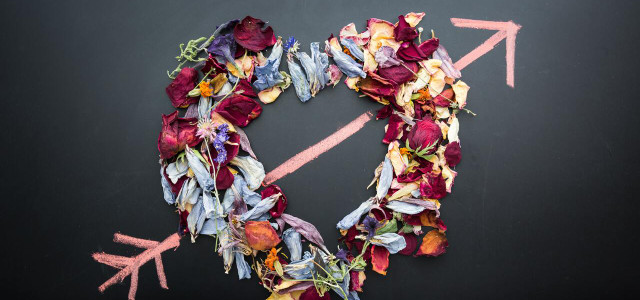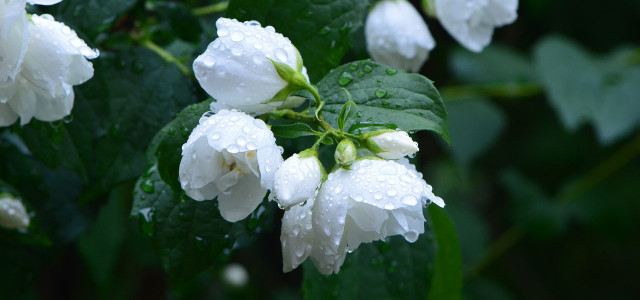Learn how to make potpourri and turn your everyday kitchen and garden waste into elegant, fragrant and attractive additions to your home.
You can learn how to make potpourri without spending any money or disrupting your local ecosystem — a small but valuable step towards conscious consumerism, a zero waste kitchen and a life without plastic. This DIY potpourri is made from natural ingredients, many of which are likely available in your kitchen or garden. Follow our easy, step-by-step guide to making both wet and dry potpourri at home.
Potpourri Tips & Tricks
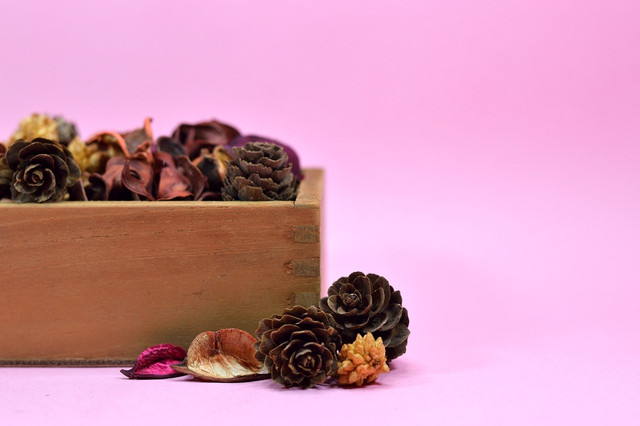
(Foto: CC0 / Pixabay / padrinan)
Choose a strong base
If you’ve already learned how to make your cut flowers last longer but still struggle to say goodbye when the petals start to droop, then potpourri is for you. Petals are a ideal ingredient to start your mixture with. Learn how to preserve wilted roses or use any other blooms at your disposal to kickstart your potpourri recipe.
Leaves of all colors are also attractive additions. Fragrant flower varieties are ideal for strong aromas. Our favorites include lilies, jasmine, hyacinth, magnolia and gardenia.
Use what you have
If you have a garden, gather flower heads and petals just before they begin to discolor. If you don’t have a garden — or have little greenery growing in your outdoor space — ask friends or neighbors to donate a few blooms and branches. Four-to-five cups of flower heads/leaves will suffice. You can also gather pretty additions from nature (like pinecones, twigs and pebbles) to make sure your potpourri looks as good as it smells.
Grow your own ingredients
Alternatively, experience the positive and healing benefits of horticulture therapy and start growing your own ingredients for potpourri. Grow a herb garden on your window-sill if you don’t have an outdoor space. Or start a community garden in a communal area (with relevant permissions) so your neighbors can also enjoy homemade potpourri. There are many ways to engage in urban gardening without a lot of space and many beautiful plants also grow well indoors — you can even find plants that thrive in dark rooms.
Reuse food leftovers
Our wet and dry potpourri recipes are just one reason why you shouldn’t throw orange peels away and are one of many easy uses for leftover apple peels. Pineapple peels and lemon peels have several uses too, and potpourri is an excellent one. Hold on to these bits before they hit the compost and learn how to reuse them in potpourri.
How To Make Wet Potpourri
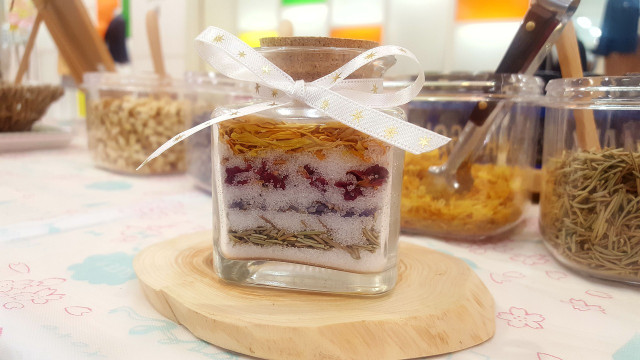


(Foto: CC0 / Pixabay / nanairo7clover)
Wet potpourri is more about the fragrance than the look. This is a simple starter recipe, but you can also add your favorite ingredients.
Ingredients:
- 4-5 cups fresh or slightly wilted flower heads/petals — Be sure to remove stems
- Herbs of your choice — These can be fresh or dry. Use whatever is at your disposal in the kitchen. If you are using your wet potpourri as aromatherapy, consider the 8 best herbs for anxiety and best herbs for sleep to enjoy an extra boost of relaxation. Lavender, chamomile, mint, rosemary, and lemon balm are among our favorite fragrances.
- Spices of your choice — We recommend cinnamon, nutmeg, clove, oregano or sage for superior scent-power.
- Sea salt
- Citrus or your preferred fruit peels (optional)
- Essential oils — Essential oils add a true boost of perfume to your wet potpourri recipe and help the fragrance last longer. The fermentation process does, however, release the natural aromatics of your ingredients. Therefore, if you do not have essential oils already, there is no need to rush out and buy them.
Instructions:
- Allow your freshly picked petals and leaves to wilt slightly overnight.
- Place a layer of petals and leaves into an old glass jar or ceramic container with a lid.
- Add a layer of salt and spices on top of the petals and leaves (and 5 drops of essential oils, if available).
- Add a layer of wet or dry citrus peels.
- Repeat this sequence of layers until the jar is almost full.
- Press your layers down tightly and place a weight on top — like a small rock that fits in the jar or a saucer with small rocks on top — to remove air pockets.
- Secure the lid.
- Allow to ferment for 4-5 weeks, turning or gently shaking after 2 weeks and regularly after that.
- Open the lid after 5 weeks, then pour your potpourri into bowls or old jars and containers.
Be aware that your potpourri mixture will shrink as fermentation occurs. For larger volumes, add larger amounts and layers of ingredients.
Preparing Ingredients for Dry Potpourri
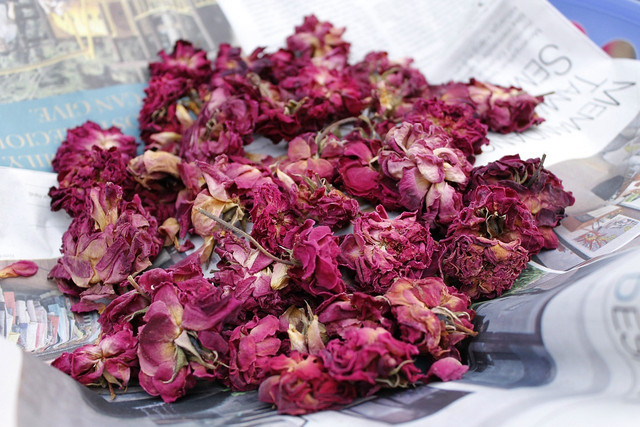


(Foto: CC0 / Pixabay / mayapujiati)
Ingredients:
- 4-6 cups dried flowers — Petals and/or heads. We suggest roses, lavender and hydrangea, but any blooms of your choice will suffice.
- 1/2 cup dried herbs and spices — We suggest cloves, cinnamon and thyme.
- Essential oils — 30 drops of your preferred oil/oils
- Dried leaves, greenery, berries, cinnamon sticks and/or pinecones (optional) — We suggest eucalyptus and autumnal varieties of leaves when available.
- Dried citrus peels (optional) — We suggest orange.
- Orris root powder (optional) — Will prolong the fragrances by delaying their evaporation time.
How to dry your ingredients:
If you are not familiar with methods of drying and preserving flowers, herbs and leaves, check out some of our articles before making your dry potpourri. Many plants make fragrant and attractive additions to a DIY mixture and you can use what is at your disposal instead of buying unnecessary ingredients. Learn how to dry and preserve some of our favorites in a few easy steps:
- How to dry and preserve flowers
- How to dry roses
- How to press leaves and preserve their color
- How to dry eucalyptus
- How to dry hydrangeas
- How to dry rosehips
- How to dry sage
- How to dry lavender
- How to dry rosemary
- How to dry peppermint
- How to dry oregano
- How to dry thyme
A note on choosing essential oils
Most essential oils are considered safe and effective natural sources of fragrances that do not carry any health risks. If you are a floral fan, geranium and rose are a particularly elegant mixture, but you can mix and match to suit your needs. Patchouli has a very distinct scent and pairs well with vanilla, orange, and sandalwood. Which oils you use will depend on personal taste and preference.
For a blast of nature’s favorite cleansers, try an equal mixture of lemon, lime, and sweet orange in your recipe. Citrus essential oils have been scientifically proven to be generally safe to use with negligible toxicity to humans. If you want your home to smell minty fresh and airy, then add equal parts eucalyptus, peppermint, and tea tree oil into your potpourri recipe. Tea tree oil’s antimicrobial properties may also help fight off bad odors for longer.
If you intend on brightening up a dusty corner with your potpourri, research has found clove, rosemary and eucalyptus to be effective, eco-friendly, and biodegradable agents for the control of house dust mites. They also smell particularly beautifully together.
How To Make Dry Potpourri
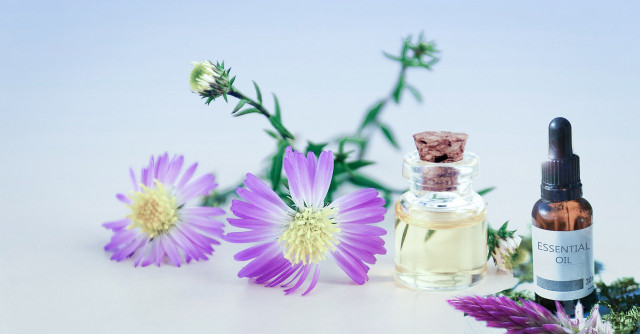


(Foto: CC0 / Pixabay / mohamed_hassan)
Once you have gathered your ingredients, it’s time to mix your potpourri.
Instructions:
- Add the essential oils to the dry flower petals and/or heads.
- Mix them and your other chosen ingredients thoroughly in a large bowl.
- Divide your potpourri into bowls for display. Reuse old candle jars, crockery or ornamental dishes.
You can also reuse old socks by filling them with your dry potpourri to add an aromatic infusion to your drawers or wardrobe. Recycle old jam jars by making potpourri as gifts for your fiends, or simply enjoy the fragrances yourself.
Store your pot in a cooler, shaded part of the room to preserve and prolong its fragrance. Keeping it in a closed container with some holes pierced in the lid will make it last even longer. As a rule, the more exposed your DIY potpourri is, the quicker its scent will fade.
Dry and wet potpourri can last from a few months to even years and can be topped up with a few drops of essential oil if you want to squeeze a few more months out of your favorite display. You can expect a minimum of three- to-six months of fragrance from your blends.
Read more:
- Making Scented Candles At Home: A DIY Guide
- DIY Bath Salt: Homemade Bath Salts Recipe
- How to be More Sustainable: 4 Steps for Beginners
Do you like this post?






